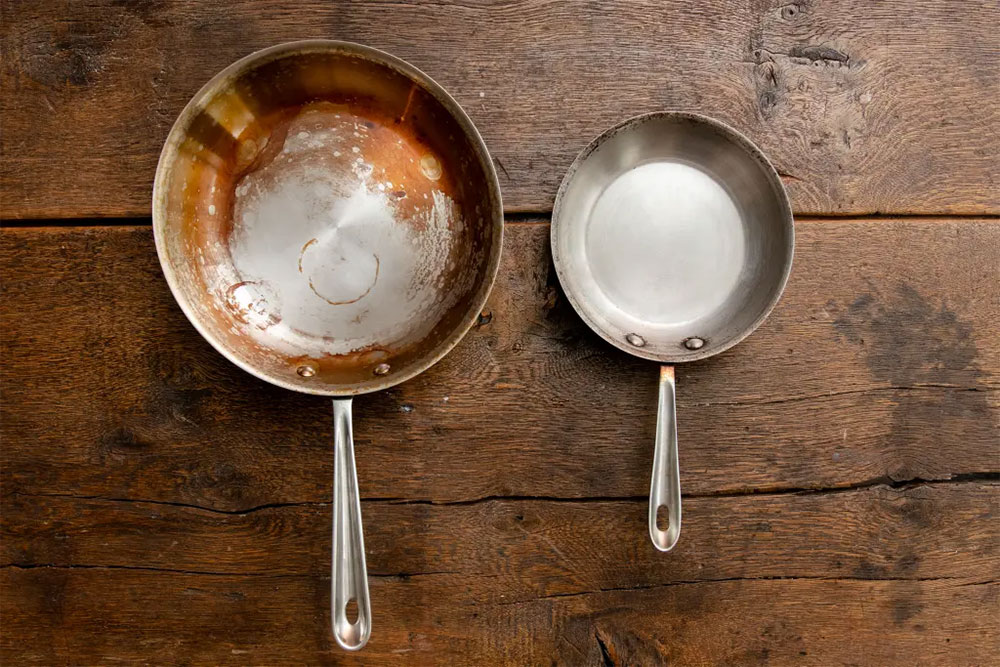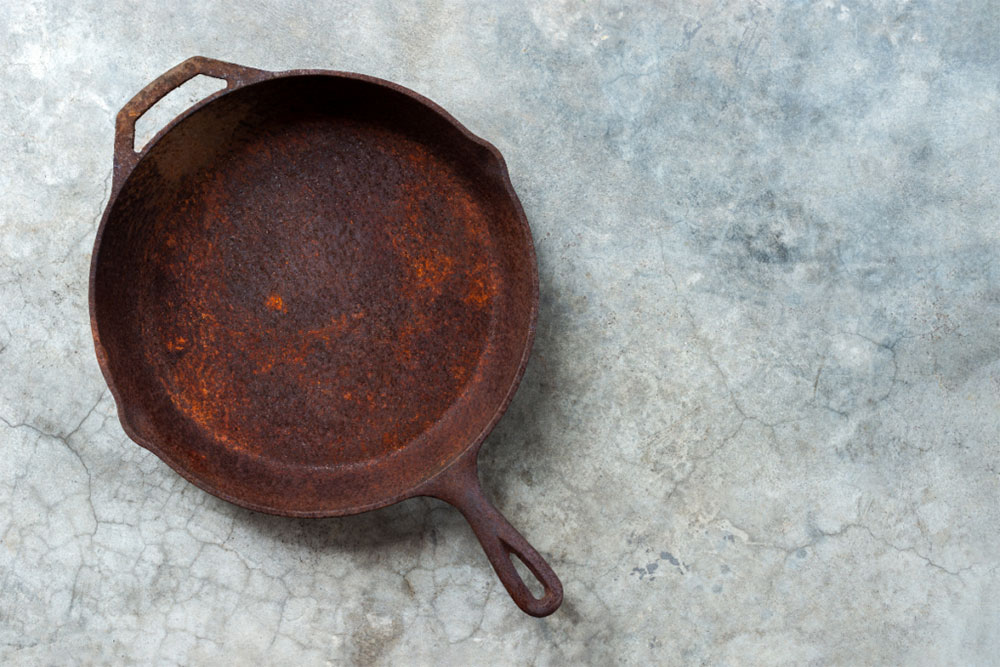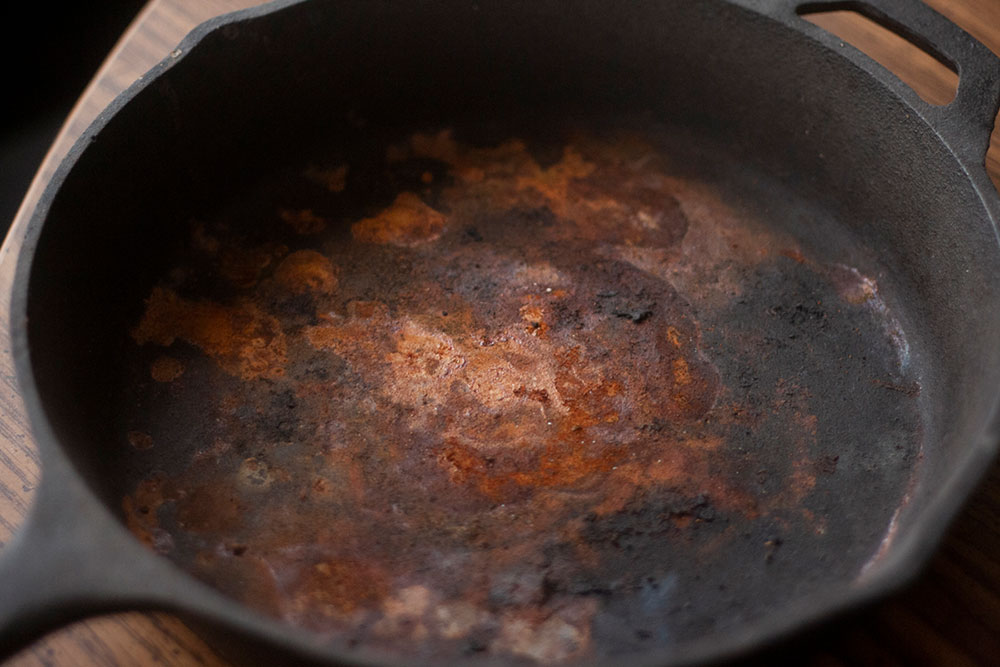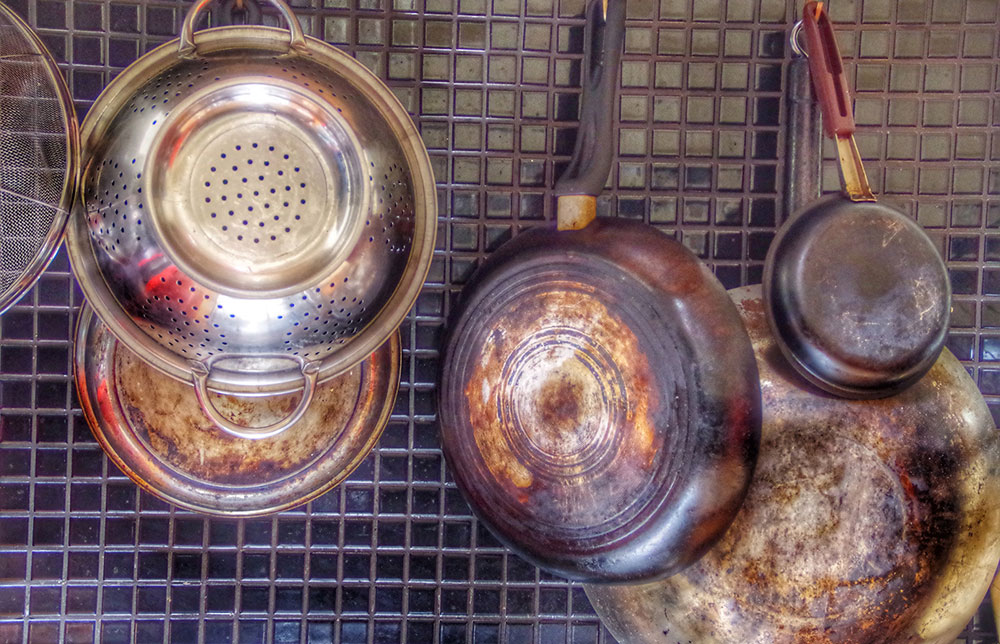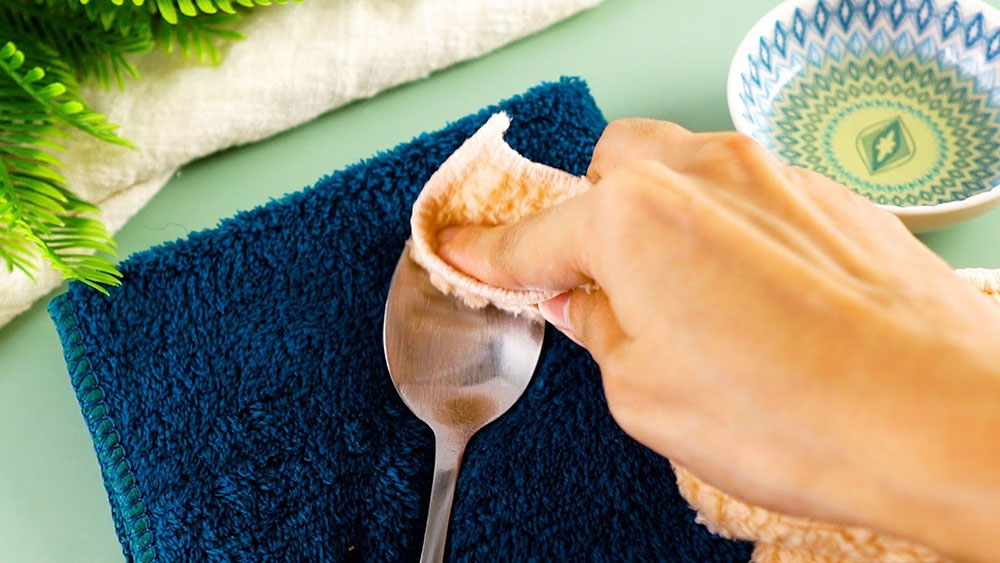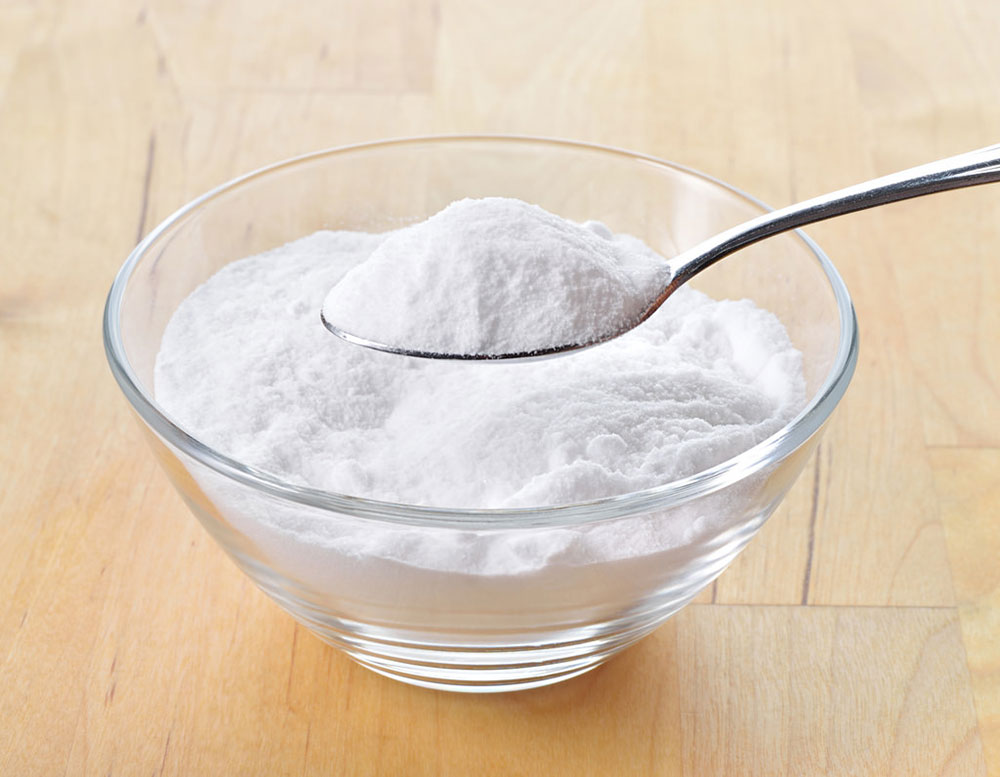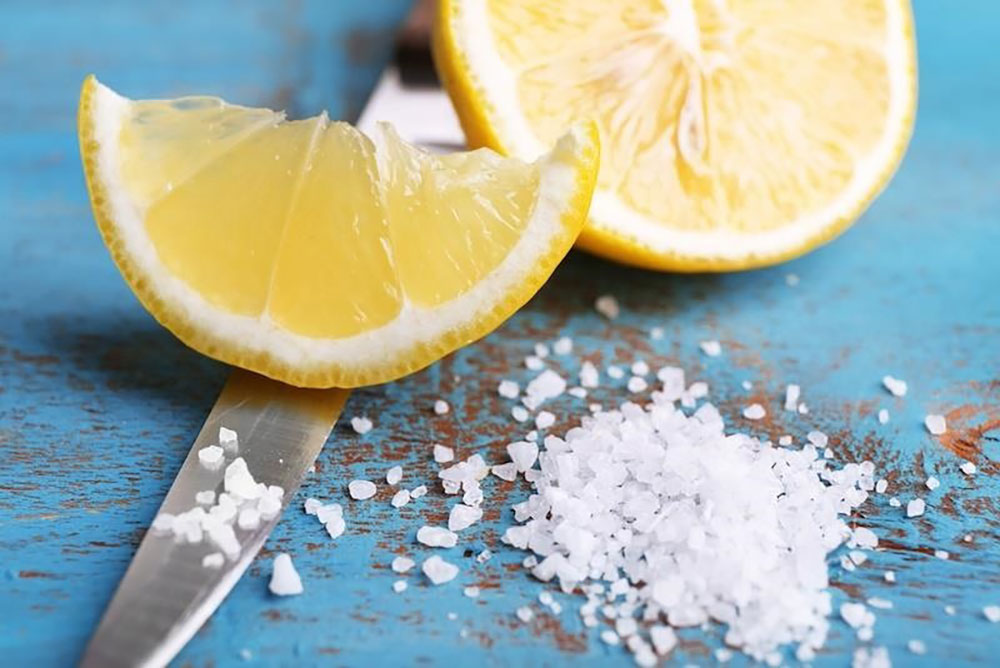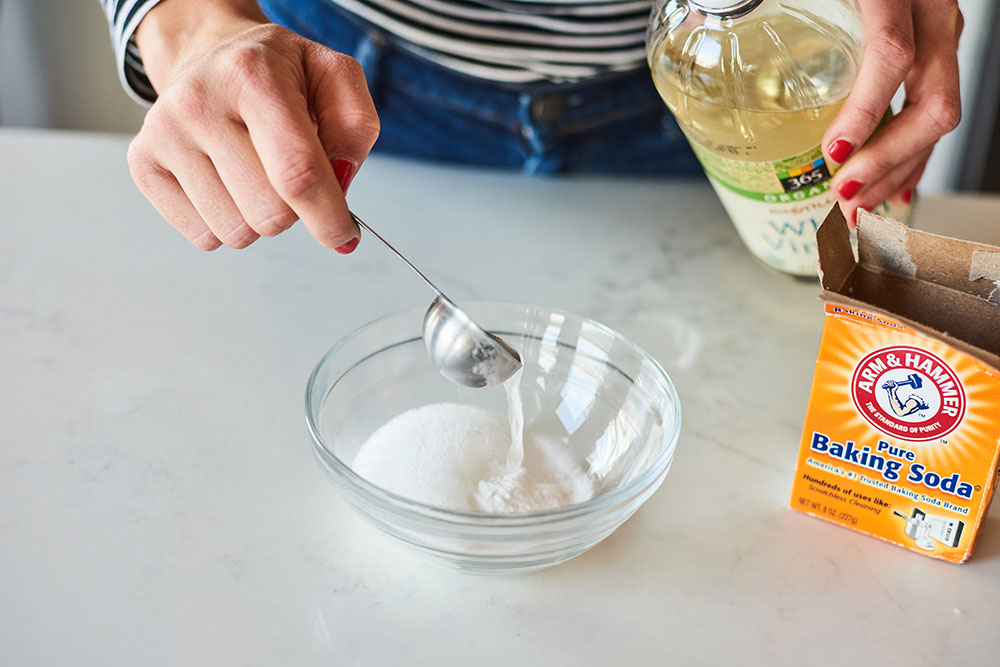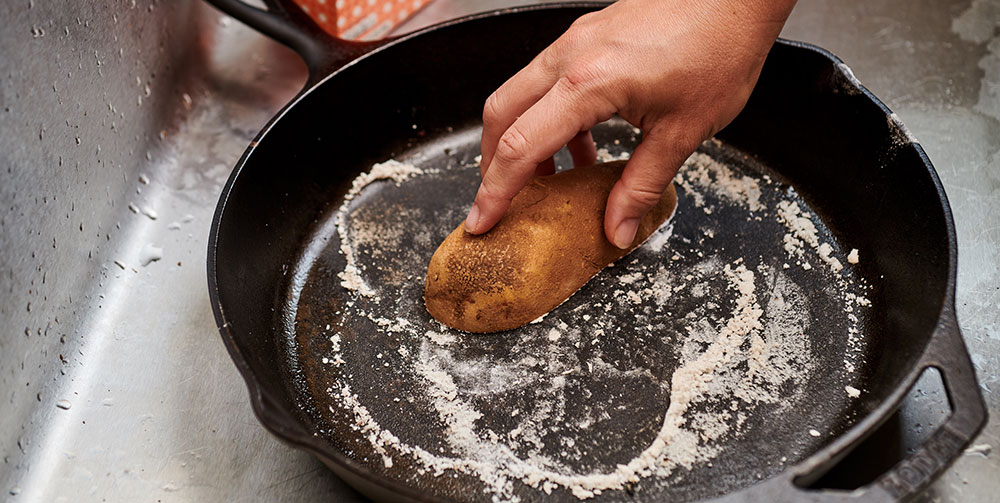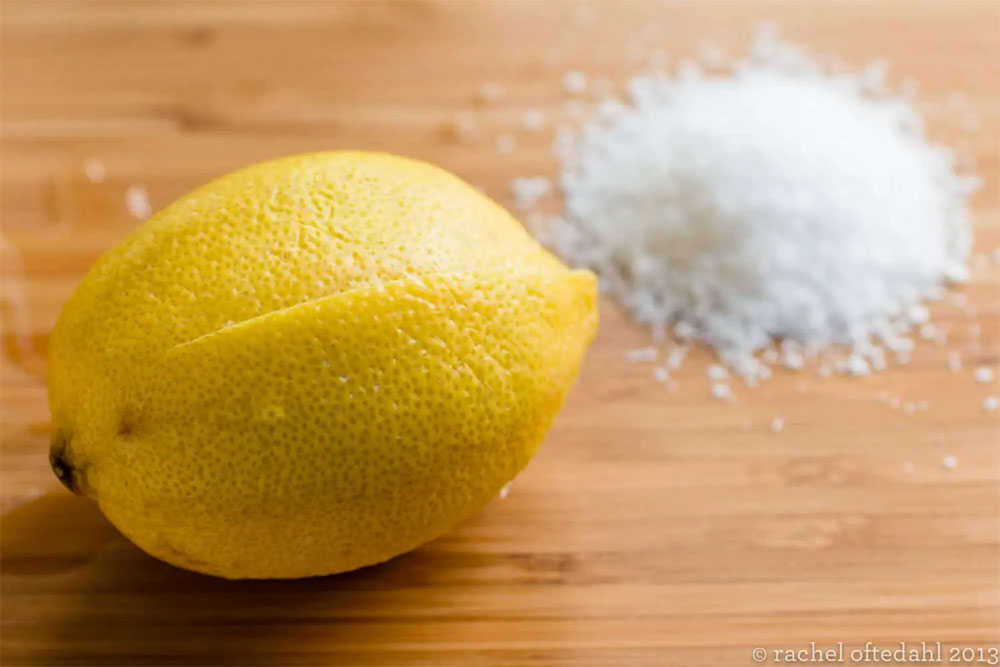Advertisement
Most kitchen utensils are made of metal and are therefore prone to water damage. This includes your stainless kitchen cookware and silverware. If we want to protect them, we must remove the rust as soon as we see it is there.
Stainless steel rust is dangerous to humans as well – if it gets inside the wound, it can cause serious illnesses, such as tetanus. This makes rust removal even more important, and the good news is you don’t need any special items to get down on the job.
Therefore, it is time to learn how to remove rust from kitchen utensils.
Our tips on how to remove rust from kitchen utensils
Fortunately, it is not all that difficult to remove rust. There are many simple, yet effective procedures you can do at home to get rid of rust on precious kitchen items. Good care ensures that our kitchenware will last longer and look more beautiful.
We have summarized the four most effective rust removal methods you can try at any household.
How does rust occur?
Rust is, in fact, an orange and brown iron oxide that appears on metal surfaces. It is not only unappealing but also harmful if you don’t deal with it in time.
Rust occurs by longer metal exposure to water or moist air and develops quickly if we don’t react. It will only build up and look even worse over time.
Light rust stains can appear on any metals, even those that contain enough chromium. Stainless steel cookware is only one example. The chromium that is there to protect it often gets damaged, and water finds its way to the metal and causes it to rust. As you can see, your kitchen utensils are not protected regardless of the material used to make them.
What do you need to clean rust from metal utensils?
How to remove the nasty orange iron oxide from your stainless steel items? This is, in fact, a very simple procedure. if you follow our guidelines, you will soon have rust-free quality cookware and won’t have to worry about this problem any time soon.
Even better, the agents you need are probably already in your kitchen cabinet or you can acquire them easily in the local store.
Soak your stainless steel utensils in vinegar
Get some:
- White distilled vinegar
- A deeper container that can also accommodate knives
- A scrubbing sponge
- A clean microfiber cloth
- Put the vinegar in the container or the glass. Make sure that the entire rusted area is covered. If the kitchen equipment is heavy, make sure the container is steady and doesn’t get pulled on the side. Leave the metal objects inside for at least five minutes.
Take the knife out and scrub the rusted area with the sponge. Rinse the items and sry them completely using the microfiber cloth. What you will find is a sparkling clean surface!
Don’t worry if you don’t have a large container for larger trusty knives. Instead, you can soak the dishrag in vinegar, wrap it all around the knives and press it with a heavy item. Then, let the vinegar do its magic for at least two hours and the results will be the same.
Remove rust with baking soda
Here comes another powerful cleaning agent you can afford. Baking soda can be used to remove rust from metal just as well as we use it to clean stovetops and shower grout. The medical name of the product is Sodium bicarbonate and you can also get it in the local pharmacy.
If you already used baking soda on exposed metal, you know how powerful it is. If this is your first time, follow our tips.
Begin by mixing water with baking soda until you get a thick paste. Apply this paste all over the exposed metal surfaces and cover all rusty spots. Give it an hour to work. You can afterward remove the baking soda paste with wire brushes or steel wool, and the rust will be gone. At the very end, rinse and dry completely all stainless steel items.
Remove rust with lemon juice and salt
Lemon juice and salt are not only essential for your cooking tricks, but also the cleaning ones. The same as vinegar, lemon juice contains acid and can effectively remove rust from stainless steel surfaces. A bonus point is that it smells way better than white vinegar.
The abrasiveness of the salt and the acidity of lemon peel tackle rust with incredible power, even on thin metal. Just cover the affected surfaces and let the paste sit there for a while. You can then start scrubbing until you notice the rusty spots are gone. If they persist, use a steel brush or steel wool to get rid of them. Don’t forget to rinse off all paste residue, and to wipe thoroughly with a microfiber cloth.
Mix baking soda, white vinegar, and cola
Grab the largest container you have, and put all rusty tools inside, including the metal pan. Pour cola all over them until you are no longer able to see them.
Next, add two tablespoons of baking soda and half a cup of white vinegar, and mix everything. For the best chemical reaction, leave items in the mixture overnight.
In the morning, remove all utensils starting with the large objects first. It will appear as if rust was still there, so use a steel brush to take rusted areas down yourself. Even if the solution didn’t work completely, rust will be loose enough to go away with hot water.
In the end, follow our general tips and wipe the items with a microfiber towel.
Use dish soap and potato
That is right – potatoes can also remove rust. They contain large amounts of oxalic acid and are therefore just as effective in removing rust as any of the abovementioned items. Potatoes can remove stubborn rust way faster.
First, cut the potato in half.
Take one half and dip it into dish soap.
Use it to scrub the rust off on metal pans or any other utensils.
As soon as the potato piece starts slipping, dip it again in the dish soap.
Potatoes are safe to use on iron surfaces, so repeat this process as much as necessary. To make the solution even more effective, squeeze lemon juice over it.
You can now rinse the items with cold water and let them dry completely.
If you like our cleaning hacks, consider inserting the blade of a rusty knife in the potato and letting it inside overnight. Afterward, you will only need a microfiber towel to wipe the rust away.
Use citric acid
Citric acid is another kitchen helper that is available in local stores and supermarkets. It can save your iron items, but you need to use it with caution. If you expose chromium oxide too long, it may peel off the coating.
- Pour hot water into a deeper bowl.
- Put three tablespoons of citric acid inside.
- Cover the rusty kitchen items with it and let them sit overnight for a good soak.
- Scrub the rust spots off.
- Wash your utensils and let them dry.
How to keep iron safe and prevent rust
Our five cleaning hacks mean nothing if we don’t take good care of our items. Rust will form again before you know it, and you may not be able to remove it.
Rust is formed by exposing the metal to moisture and water. Therefore, we should try to always keep utensils clean and dry. Here are some additional ideas on keeping kitchenware rust-free:
- Wash pans and knives right away, instead of letting them soak in the sink.
- Don’t let metal utensils air dry. Wipe them immediately with a dry cloth.
- If possible, wash pans and knives by hand and not in the dishwasher.
- Maintain expensive knives with metal oil, so that rust doesn’t build up.
- Pit corrosion is also related to rust, so sharpen the knives as often as you can.
Remember: It is never a good idea to clean rust from stainless steel with coarse cleaning powders. This may get rid of rust as we want them to, but they are detrimental to the utensils’ finish.
If possible, always clean kitchen utensils with a normal cleaning sponge. Steel will permanently scratch and damage your expensive pots.
If you want to become a professional in removing rust, start by buying metal cookware with chromium. This way, your items won’t rust and they will always look just as beautiful as the day you bought them. You can also preserve their shine with supplies such as elbow grease.
What we all tend to do is forget how expensive our metal cookware was, and we stop taking good care of it very soon. Make sure this is not the case with you, and you will never have to deal with rust.
Final thoughts on how to remove rust from kitchen utensils
As you saw, cleaning and removing rust is not rocket science. You can restore the glory of your kitchen items with products you already have at home. Any of the cleaning tips and hacks we discussed will help you do this, so give them a try!
If you enjoyed reading this article about how to remove rust from kitchen utensils, we also wrote about subjects like how to style glass kitchen cabinets, why are kitchen cabinets so expensive, how to vent a kitchen sink under a window, and how to calculate linear feet for kitchen cabinets.
That is not all. We have other kitchen related articles on how to build an outdoor kitchen with pavers, how to fix a gurgling kitchen sink, how to remove an old kitchen faucet, how to pack kitchen appliances, how to clean gunk out of kitchen sink drain, and how to cover kitchen cabinets without painting.

